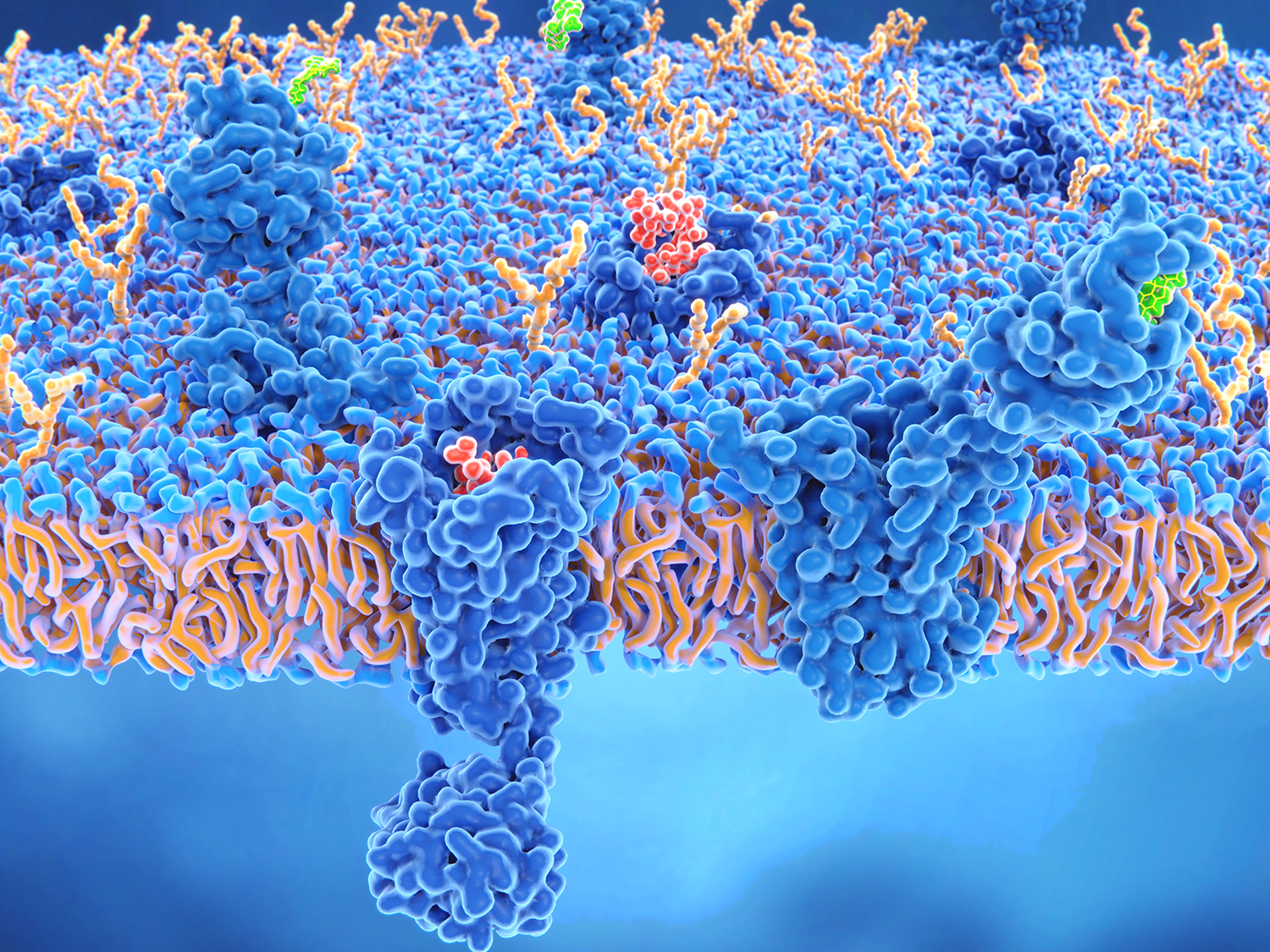A vital part of human biology, this system was not named until 1992.
You’ve got questions, we’ve got answers.
What is the Endocannabinoid System?
About 30 years ago, cannabis research led to the discovery of the human body’s endocannabinoid system (ECS), a molecular signaling system that works to ensure homeostasis—or equilibrium—within our bodies, especially during times of stress. This was when researchers first discovered receptors for THC—a psychoactive cannabinoid from marijuana—and then, shortly afterward, the body’s own endogenous cannabinoids.
What are Endogenous Cannabinoids? Can You be Deficient in Them?
The body makes its own cannabinoid-like substances, called endogenous cannabinoids or endocannabinoids, as well as enzymes that that can produce and degrade them. These chemical compounds are a type of neurotransmitter—part of the body’s chemical messenging system. There’s 2-AG, which has been called the “workhorse” of the endocannabinoid system. When the body’s ECS works to inhibit 2-AG degradation, pain and anxiety are reduced.
Another endogenous cannabinoid is called anandamide (AEA), named after the Sanskrit word “ananda,” which means bliss. AEA is a stress-responsive endocannabinoid. Both 2-AG and AEA are derivatives of arachidonic acid, which is a polyunsaturated fatty acid. If your body is lacking in omega-3 essential fatty acids, it can’t make sufficient endogenous cannabinoids. Some people may have genetic issues that interfere with their ability to make enough endocannabinoids. Clinical endocannabinoid deficiency (CECD) is thought to be present in fibromyalgia, irritable bowel syndrome, and migraine conditions. Omega 3s also help grow and repair CB1 receptors in the brain.
What are CB1 and CB2 Receptors?
The body’s endogenous cannabinoids interact with receptors, of which there are two established subtypes: CB1 and CB2. CB1 receptors are found in the brain’s amygdala, basal ganglia, and hippocampus—areas of the brain that, among other attributes, are related to anxiety and fear. CB2 receptors are most abundant in immune cells. Numerous studies have shown that mice absent CB2 receptors have issues with inflammation. Both CB1 and CB2 receptors interact with both endogenous and exogenous (external) cannabinoids.
What is Cannabidiol?
Both marijuana and agricultural hemp belong to the Cannabis sativaL plant species. Marijuana is rich in a cannabinoid called THC, which induces a euphoric “high.” Hemp contains so little THC it could never produce such an effect. Its primary cannabinoid is cannabidiol, or CBD.
THC is an agonist of our body’s CB1 receptors, which means it initiates a physiological response in the brain when combined with the receptor. CBD operates differently by blocking the breakdown of anandamide, which increases the presence of that endocannabinoid at receptor sites. CB2 agonists have pain-relieving and tissue-protective effects.





